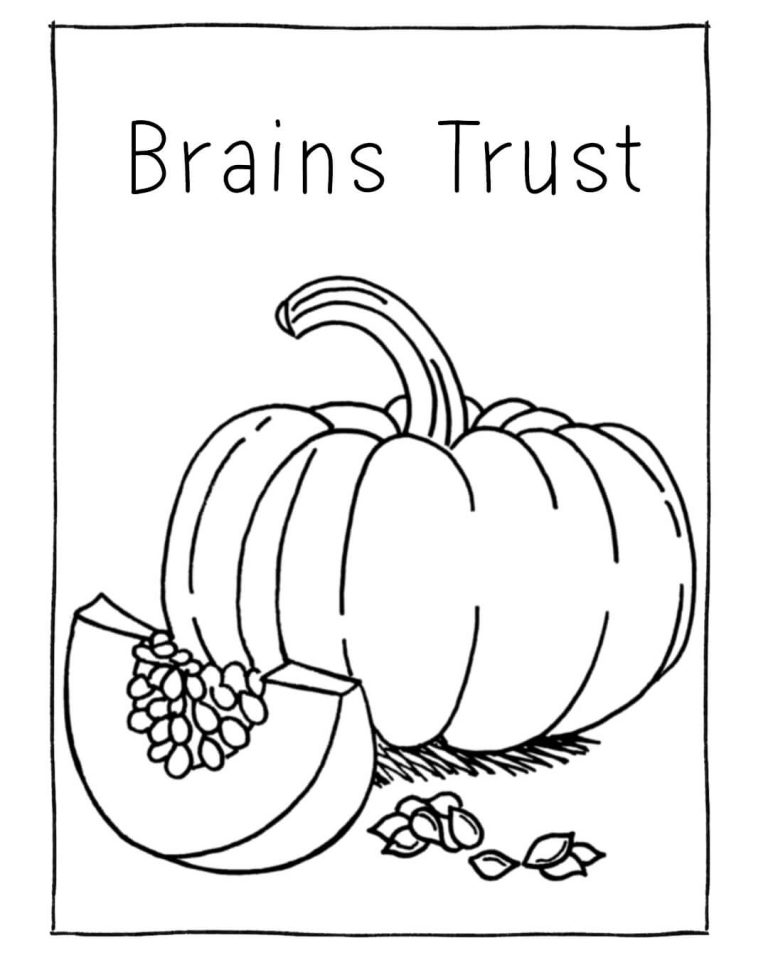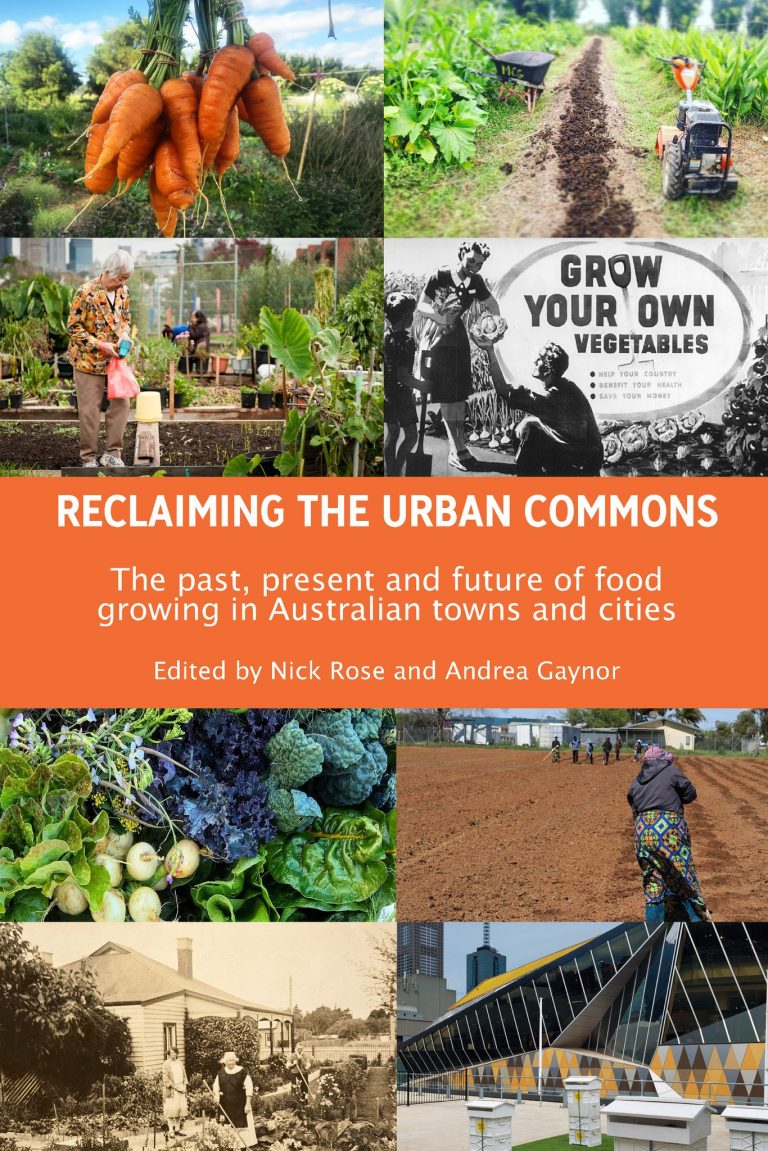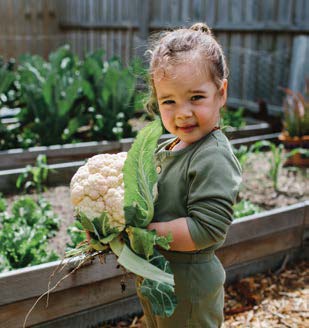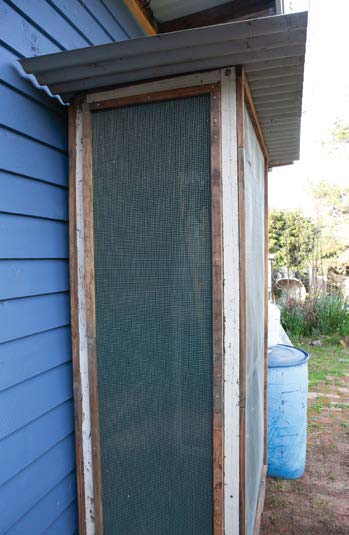Pip Brains Trust

The method of preserving food with vinegar has only been around since industrialisation. It came in as a quick and easy way to keep food shelf stable so it would be saleable for longer. A much healthier way to preserve your food is through the process of lacto-fermentation. This is how people preserved their food long before fridges and canning became popular. Lacto-fermentation is how traditional sauerkraut and kimchi are made. The vegetables are simply crushed with salt, stuffed in a jar or crock and pushed down until the liquid comes to the top. It’s this process of anaerobic fermentation that preserves the food through encouraging the lactobacilli bacteria to proliferate (the same bacteria that are probiotic for your gut). At this time of year you can stuff your cucumbers into a jar under a salt water brine. They will be preserved for many months, and not only that, they will contribute to a healthier gut flora every time you pull one out to have on a cracker with cheese.




